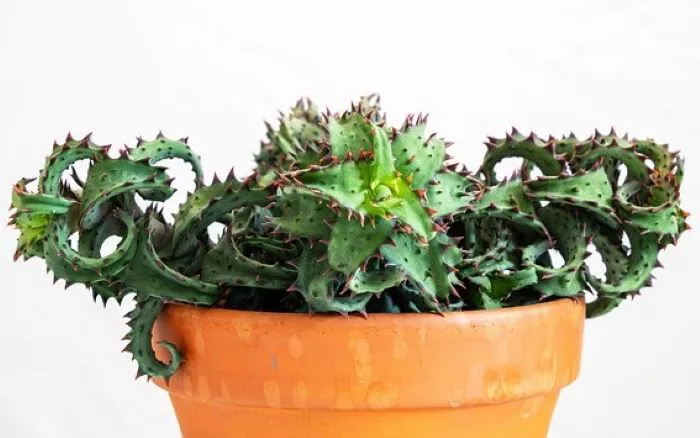Succulents are popular plants known for their unique beauty and low maintenance requirements. One of the most common questions among succulent owners is about watering. Understanding how much water your succulent needs is crucial for its health and growth. This article will provide detailed insights into the watering needs of succulents, helping you ensure they thrive in your care.
Understanding Succulent Water Storage
Succulents are adapted to survive in arid environments. They have specialized tissues that allow them to store water in their leaves, stems, and roots. This adaptation enables them to endure prolonged periods without water. However, this does not mean that succulents do not need water at all. The key is to provide the right amount and frequency of watering based on their specific needs.
Factors Influencing Water Requirements
Several factors influence how much water your succulent needs. These factors include the type of succulent, the season, the environment, and the potting conditions.
Type of Succulent
Different succulent species have varying water needs. For example, Echeveria and Sedum tend to require more water compared to Haworthia and Aloe. Researching the specific needs of your succulent species is essential for proper care.
Seasonal Changes
Succulents have distinct growth cycles. During the growing season, which typically occurs in spring and summer, succulents require more water to support their active growth. In contrast, during the fall and winter months, many succulents enter a dormant phase and require significantly less water. Adjusting your watering schedule according to the season is important.
Environmental Conditions
The environment in which your succulents are kept also affects their water needs. Factors such as temperature, humidity, and light levels play a significant role. In hotter and drier conditions, succulents will need more frequent watering. Conversely, in cooler and more humid conditions, their water needs may decrease.
Potting Conditions
The type of pot and soil used can impact how quickly water drains. Pots with drainage holes allow excess water to escape, reducing the risk of overwatering. Additionally, well-draining soil is crucial for succulent health. A soil mix designed for succulents and cacti typically contains sand, perlite, or pumice, which helps facilitate drainage.
Signs of Underwatering and Overwatering
It is important to recognize the signs of both underwatering and overwatering to maintain the health of your succulents.
Signs of Underwatering
If your succulent is not receiving enough water, it may display the following symptoms:
Wrinkled or shriveled leaves
Dry or crispy leaf edges
Slow growth or stunted development
If you notice these signs, it is time to increase your watering frequency.
Signs of Overwatering
On the other hand, overwatering can lead to root rot and other health issues. Signs of overwatering include:
Yellowing leaves
Soft or mushy leaves
Leaves dropping off the plant
If you see these symptoms, it is crucial to allow the soil to dry out completely before watering again. In severe cases, you may need to repot the succulent in fresh, dry soil.
Watering Methods
There are several effective methods for watering succulents. Understanding these methods will help you provide the right amount of water.
Soak and Dry Method
The soak and dry method is widely recommended for succulents. To use this method, follow these steps:
Water the succulent thoroughly until water drains out of the bottom of the pot.
Allow the soil to dry completely before watering again. This may take anywhere from a few days to a couple of weeks, depending on environmental conditions.
This method ensures that the roots receive adequate moisture while preventing water from sitting in the pot, which can lead to rot.
Bottom Watering
Bottom watering is another effective technique for succulents. To bottom water, place the pot in a shallow dish filled with water. Allow the plant to soak up water through the drainage holes for about 30 minutes. Afterward, remove the pot and let any excess water drain out. This method encourages deep root growth and helps prevent overwatering.
Watering Frequency
Determining how often to water your succulent can be challenging. A general rule of thumb is to check the soil moisture before watering. Stick your finger about an inch into the soil. If it feels dry, it is time to water. If it feels moist, wait a few more days before checking again.
As a rough guideline, most succulents may need watering every 1 to 3 weeks, depending on the factors mentioned earlier. During the growing season, you may need to water more frequently, while in the dormant season, reduce watering to once every few weeks.
Conclusion
Understanding how much water your succulent needs is essential for its health and longevity. By considering factors such as the type of succulent, seasonal changes, environmental conditions, and potting conditions, you can provide the right amount of water. Remember to watch for signs of underwatering and overwatering to adjust your care accordingly.
Using effective watering methods like the soak and dry technique or bottom watering will help ensure your succulents thrive. With proper watering practices, your succulent collection will flourish, bringing beauty and joy to your home.


